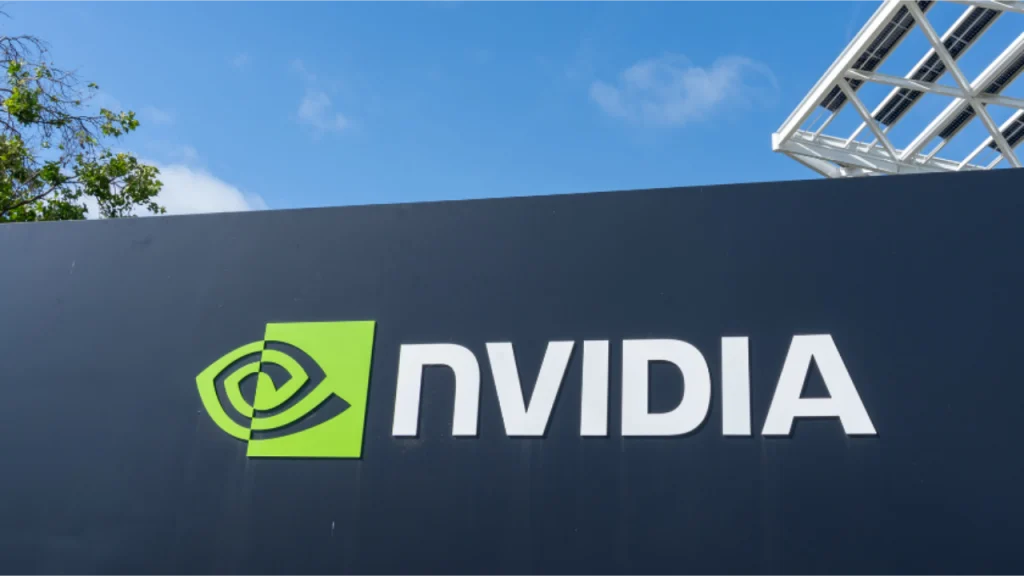- Nvidia’s Blackwell architecture powers AI supercomputers, robotics platforms, and enterprise data centres, underpinning a nearly 50% stock increase year-to-date.
- Strategic alliances with companies including Nokia, Oracle, and government AI projects are cementing Nvidia’s global leadership in AI infrastructure.
What happened: Nvidia reaches $5T as AI demand drives growth
Shares of Nvidia surged more than 3% in pre‑market trading on 29 October, marking the company as the first to surpass a $5 trillion market value. The milestone caps an extraordinary rise for the California-based firm, which has transformed from a niche graphics processor maker into a defining AI infrastructure provider.
Nvidia’s Blackwell GPU architecture underpins its growth, powering high-performance computing, data centres, and robotics. Recent launches include Jetson AGX Thor for edge AI and robotics, RTX PRO Servers for enterprise AI readiness, and Spectrum-XGS Ethernet for linking distributed data centres. CEO Jensen Huang also announced $500 billion in AI chip orders for the coming year and plans to build seven new AI supercomputers for the US government.
The company has strengthened its ecosystem with a $1 billion strategic alliance with Nokia and ongoing partnerships with hyperscalers, telecoms providers, and international firms such as LG, Hyundai, and Oracle. Its Solstice and Equinox supercomputers feature over 110,000 Blackwell GPUs, highlighting Nvidia’s pivotal role in national and scientific AI deployments.
Also Read: US tightens chip exports to Huawei and SMIC
Also Read: Alibaba agrees to pay $433.5M to settle security fraud class action
Why it’s important
Reaching a $5 trillion valuation signals Nvidia’s dominance at the intersection of compute, connectivity, and AI applications. Its hardware and networking platforms are becoming foundational for global AI infrastructure, supporting enterprises, cloud providers, and governments alike.
The company’s focus on AI education—pledging $25 million for K–12 initiatives and $125 million for higher education—reinforces its commitment to growing the talent pipeline needed for sustained innovation. Nvidia’s leadership sets a benchmark for how markets value AI infrastructure, reflecting a shift towards data centres as the “factories” of the next industrial revolution, in Huang’s words.
The milestone not only positions Nvidia ahead of Apple, Microsoft, and Alphabet in market capitalisation, but also underscores the broader expansion of AI-driven industrial platforms worldwide.

